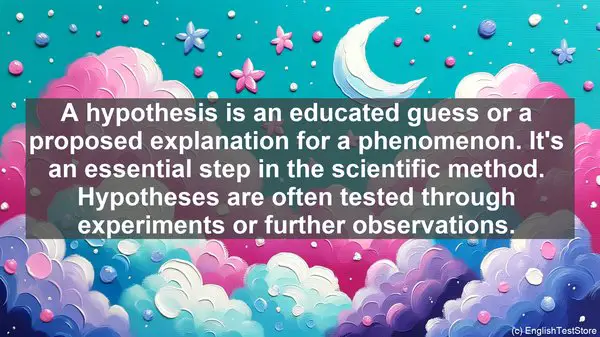Introduction
Welcome to today’s lesson. In the world of science, describing processes and experiments accurately is crucial. To help you with that, we have compiled a list of the top 10 verbs that you’ll frequently encounter. Let’s dive in!
1. Observe
Observation is the foundation of any scientific study. It involves carefully watching and noting down the details of a phenomenon or experiment. Whether it’s the behavior of a chemical reaction or the movement of celestial bodies, keen observation is key.
2. Measure
Quantifying data is often necessary in science. Measuring involves using instruments or techniques to determine the size, quantity, or intensity of something. Accurate measurements provide a solid basis for analysis and drawing conclusions.
3. Analyze
Once data is collected, it needs to be analyzed. Analysis includes organizing, interpreting, and drawing meaningful insights from the information at hand. Various statistical or computational methods are employed for this purpose.
4. Compare
In science, it’s common to compare different sets of data or phenomena. This helps in identifying patterns, similarities, or differences. Comparisons can be made visually, using graphs or charts, or through numerical calculations.
5. Classify
Classification involves grouping objects or data based on their shared characteristics. It helps in organizing information and understanding relationships. Taxonomy, for instance, is a branch of science that focuses on classifying living organisms.
6. Hypothesize
A hypothesis is an educated guess or a proposed explanation for a phenomenon. It’s an essential step in the scientific method. Hypotheses are often tested through experiments or further observations.
7. Validate
Validating a hypothesis means testing its accuracy or reliability. This is done through controlled experiments, where all variables except the one being tested are kept constant. The results of such experiments determine the validity of the hypothesis.

8. Document
In science, it’s crucial to maintain a record of all the steps, procedures, and findings. This documentation ensures transparency, reproducibility, and the ability to build upon previous work. Journals, lab notebooks, or digital platforms are used for this purpose.
9. Conclude
Drawing conclusions is the final step in many scientific studies. It involves summarizing the findings, evaluating their significance, and stating whether the initial hypothesis was supported or refuted. Conclusions often lead to further research questions.
10. Communicate
Science is a collaborative field, and effective communication is vital. This includes sharing research findings, presenting data, or discussing ideas. Clear and concise communication ensures that knowledge is disseminated and understood by the scientific community.


